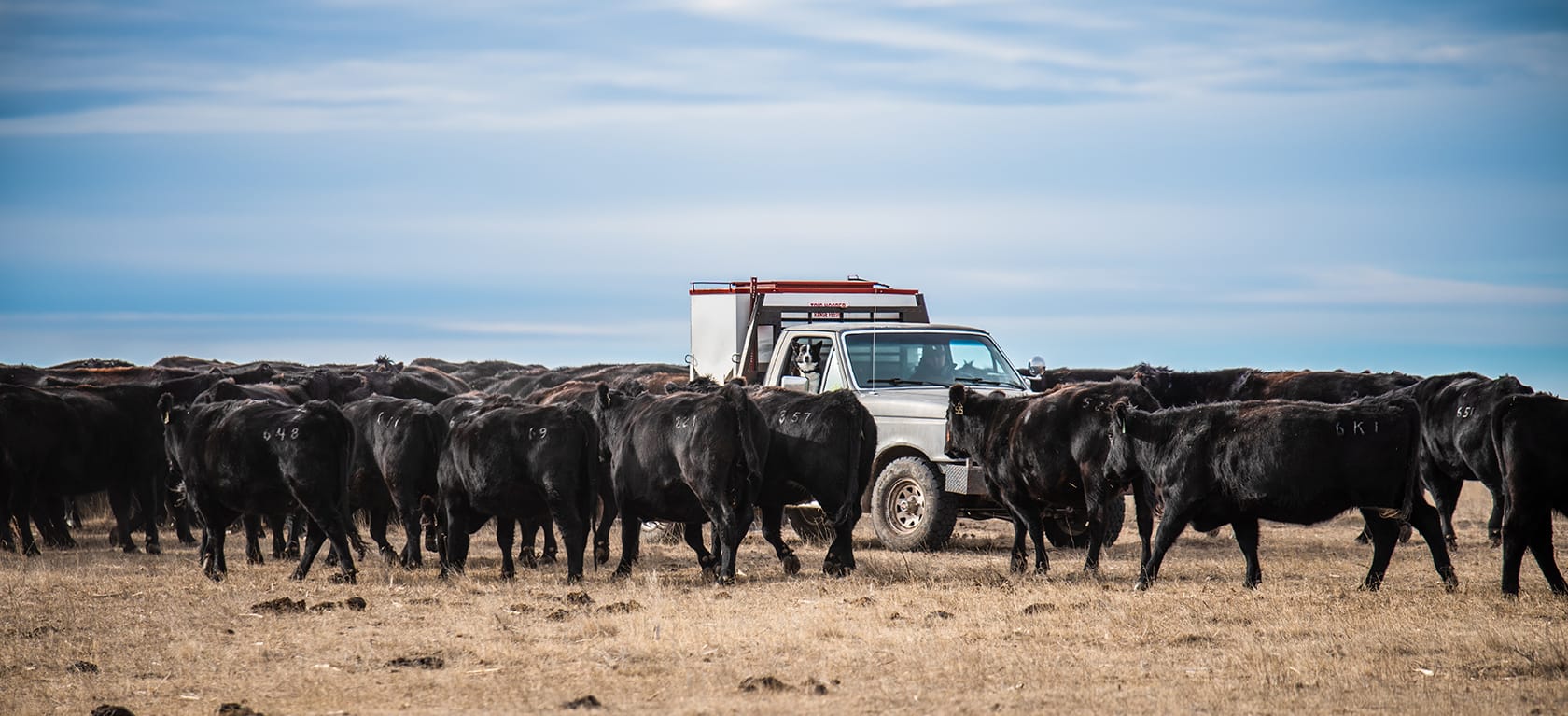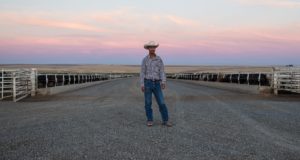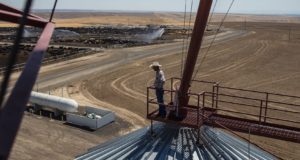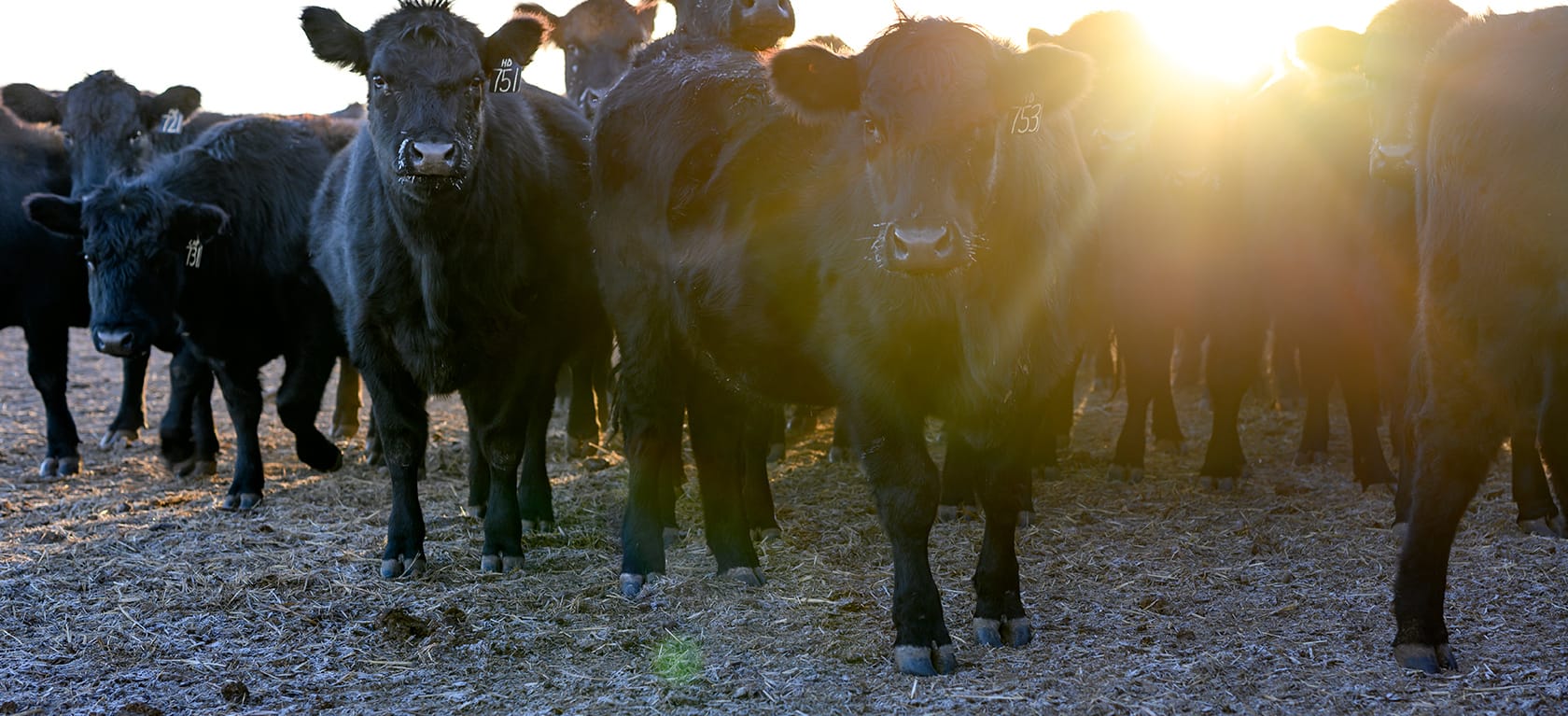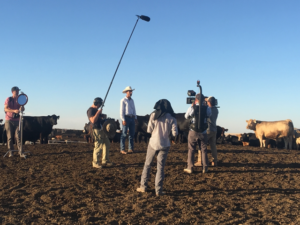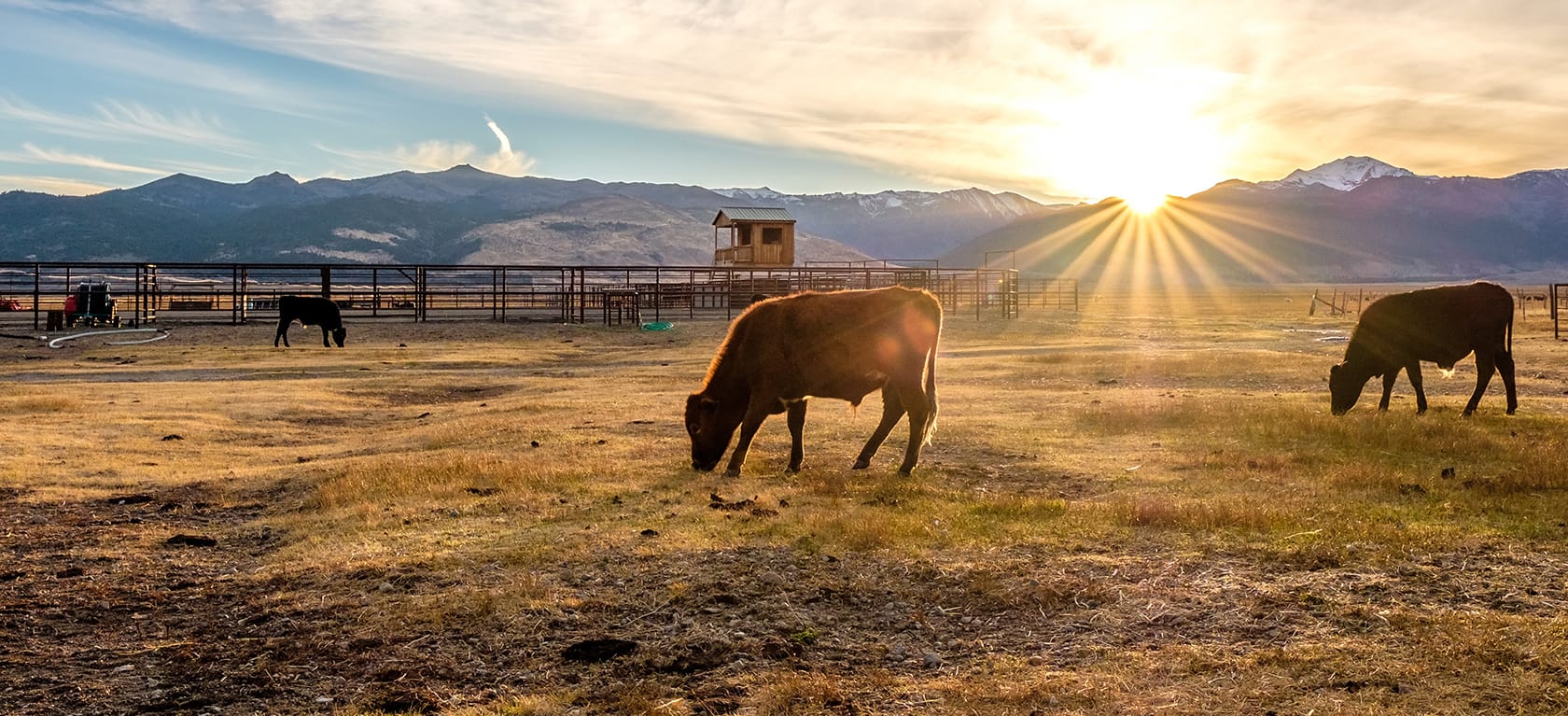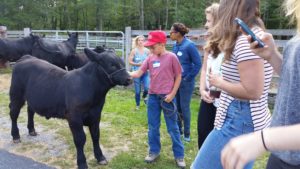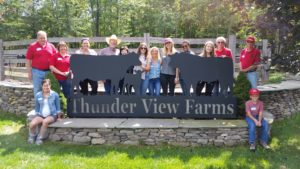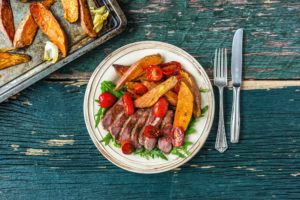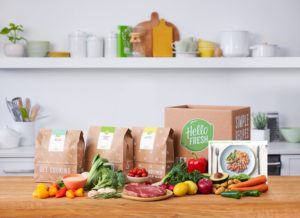Article via NEBPI, a subcontractor to the Beef Checkoff
The national Beef Checkoff was a sponsor of two new channel influencer conferences this spring, reaching over 70 channel influencers from the New England and Mid-Atlantic regions through beef cooking and cutting demonstrations. The North American Camp Foodservice Director Conference was held at Camp Chingachgook in Lake George, New York from March 27-29 and the Pennsylvania Association of Meat Processors was held at the Penn Stater Conference Center in State College, Penn. from May 11-12.
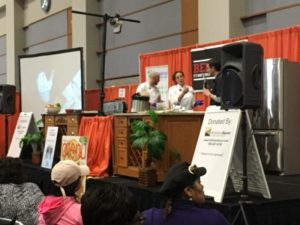 The checkoff’s Executive Chef, Dave Zino attended the Camp Foodservice Director Conference and conducted a 60-minute educational session title, “Heating up the Camp Fire with Beef” where he demonstrated three youth-friendly ground beef recipes featured on the Beef. It’s What’s for Dinner. website. Zippy Beef Alphabet Soup, Santa Fe Corn Chili and Personal Beef Pizzas were on the menu for Zino’s beef demonstration. Additionally, the checkoff-funded school foodservice recipes were a cornerstone at the beef booth where attendees were invited to assemble their own recipe booklets, including the school foodservice beef recipes.
The checkoff’s Executive Chef, Dave Zino attended the Camp Foodservice Director Conference and conducted a 60-minute educational session title, “Heating up the Camp Fire with Beef” where he demonstrated three youth-friendly ground beef recipes featured on the Beef. It’s What’s for Dinner. website. Zippy Beef Alphabet Soup, Santa Fe Corn Chili and Personal Beef Pizzas were on the menu for Zino’s beef demonstration. Additionally, the checkoff-funded school foodservice recipes were a cornerstone at the beef booth where attendees were invited to assemble their own recipe booklets, including the school foodservice beef recipes.
While ground beef was king of the menu at the camp foodservice conference, under-utilized and value-added cuts from the beef shoulder clod and chuck roll were the stars of the show at the Pennsylvania Association of Meat Processors Conference. Kari Underly, the Principal at Range Inc., and third-generation butcher and author of the James Beard nominated book, The Art of Beef Cutting” conducted a 90-minute educational session exploring the breakdown and utilization of the new value-added beef cuts. 36 percent of session attendees stated the value-added beef cuts demonstrated from the chuck were brand new to them and 78 percent of session attendees rated the Beef Checkoff-funded educational materials they received at the conference a 5 out of 5.
Christie Brown, Director of Marketing with the Northeast Beef Promotion Initiative, a sub-contractor to the Beef Checkoff reflected after the two conferences, “Whether we’re highlighting fresh and unique ground beef recipes to offer new menu solutions for camp foodservice directors or helping meat processors navigate the alternative ways to break down the beef chuck to merchandise the value-added cuts, it’s always exciting to extend what the Beef Checkoff has already invested in with the new channel influencers here in the Northeast region.”
For more information about the Beef Checkoff’s presence in the Northeast region, check out the NortheastLovesBeef Facebook, Twitter or Instagram pages. For more information, visit NEBPI.org.

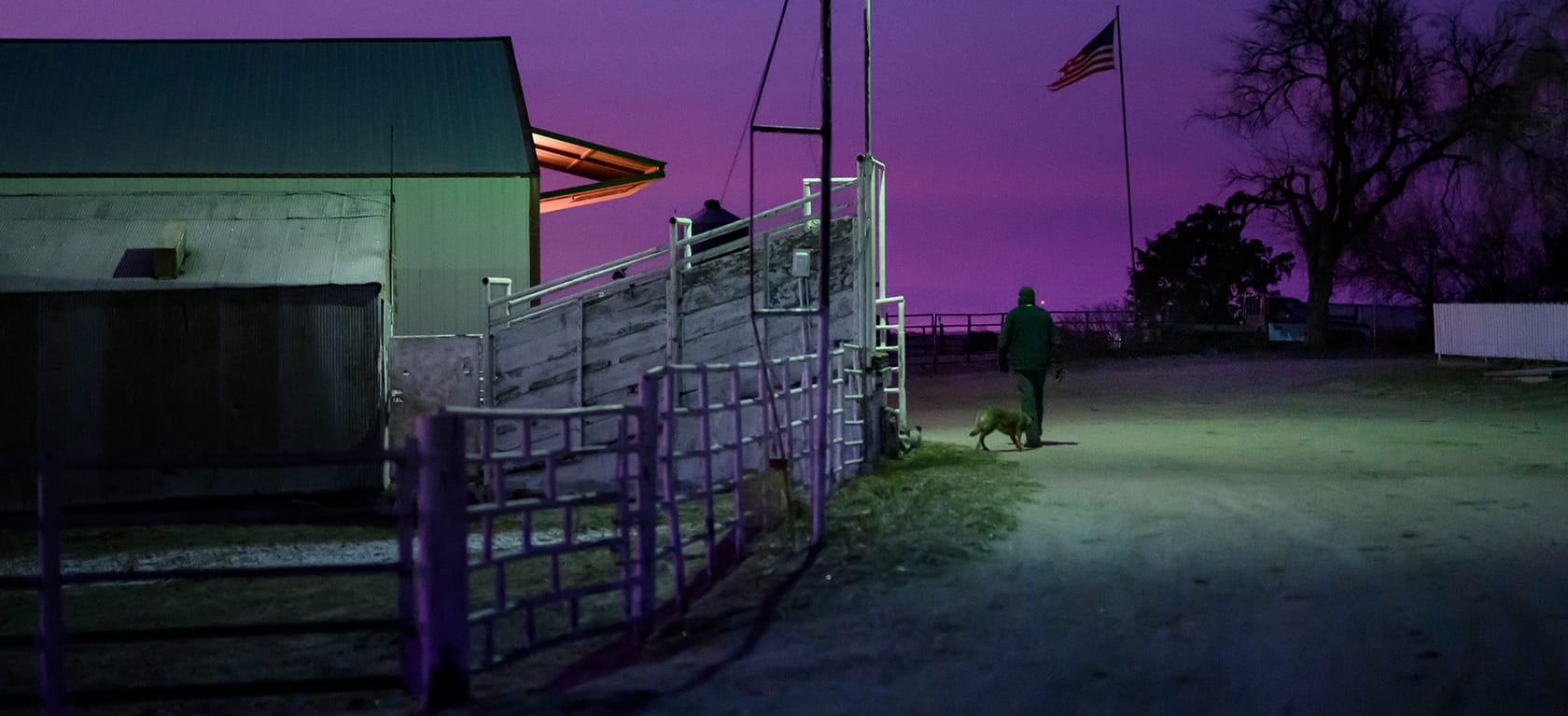
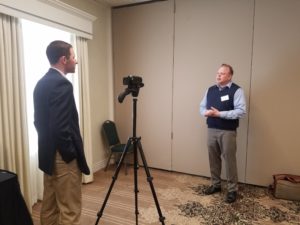 Ryan Goodman, Director of Grassroots Advocacy and Spokesperson Development with the National Cattlemen’s Beef Association, a contractor to the Beef Checkoff, hosted a Media Training session and Mock Interviews attendees. His session left the chefs with confidence and skills to help prepare for any kind of interview or demo opportunity – phone, radio, on-air. Laura Hagen, Senior Director of Culinary with the National Cattlemen’s Beef Association was on-hand to share the logistics of on-air demonstrations.
Ryan Goodman, Director of Grassroots Advocacy and Spokesperson Development with the National Cattlemen’s Beef Association, a contractor to the Beef Checkoff, hosted a Media Training session and Mock Interviews attendees. His session left the chefs with confidence and skills to help prepare for any kind of interview or demo opportunity – phone, radio, on-air. Laura Hagen, Senior Director of Culinary with the National Cattlemen’s Beef Association was on-hand to share the logistics of on-air demonstrations.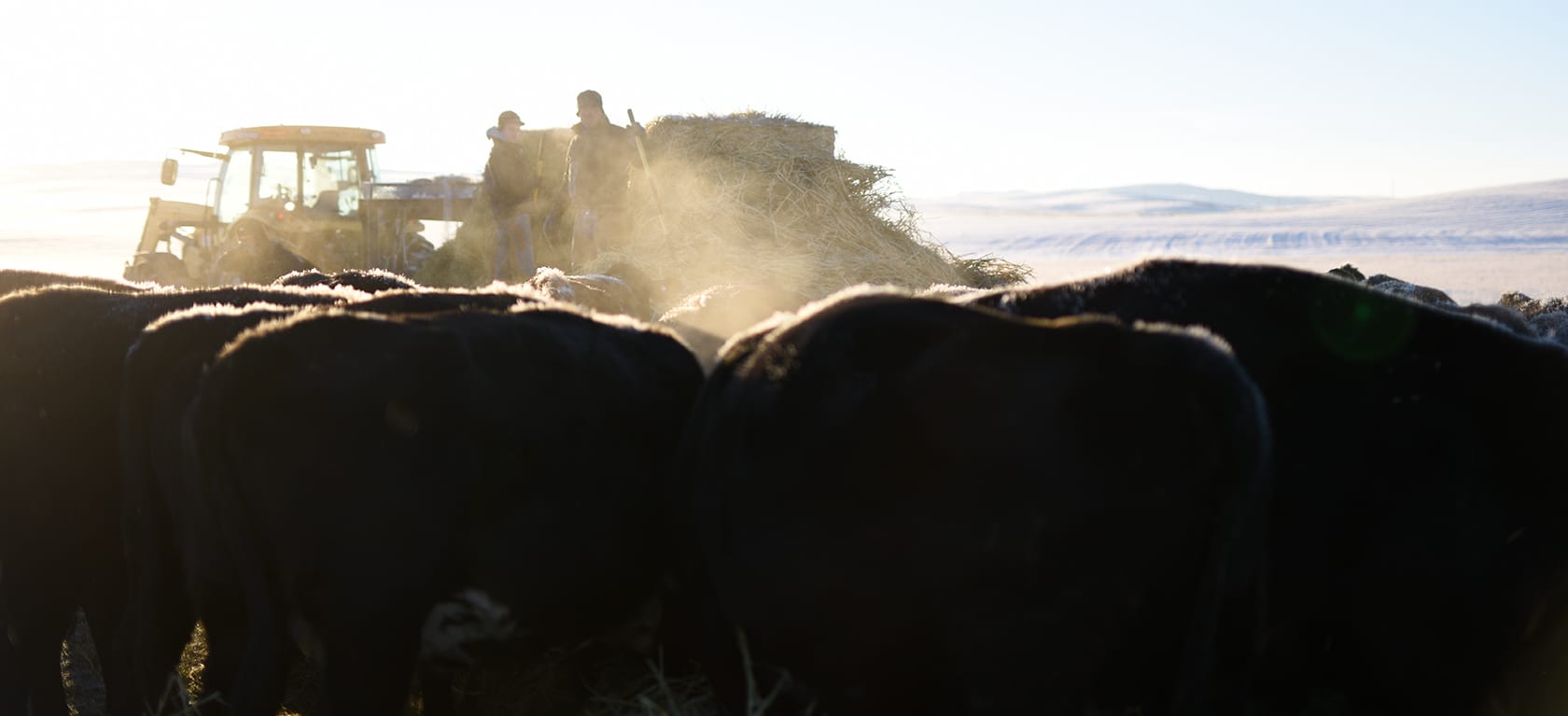
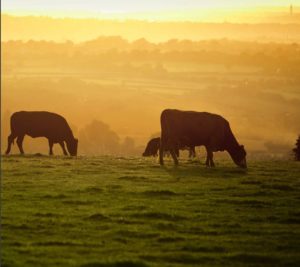 The Cattlemen’s Stewardship Review (CSR)
The Cattlemen’s Stewardship Review (CSR)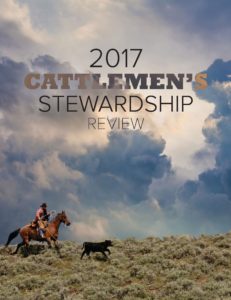
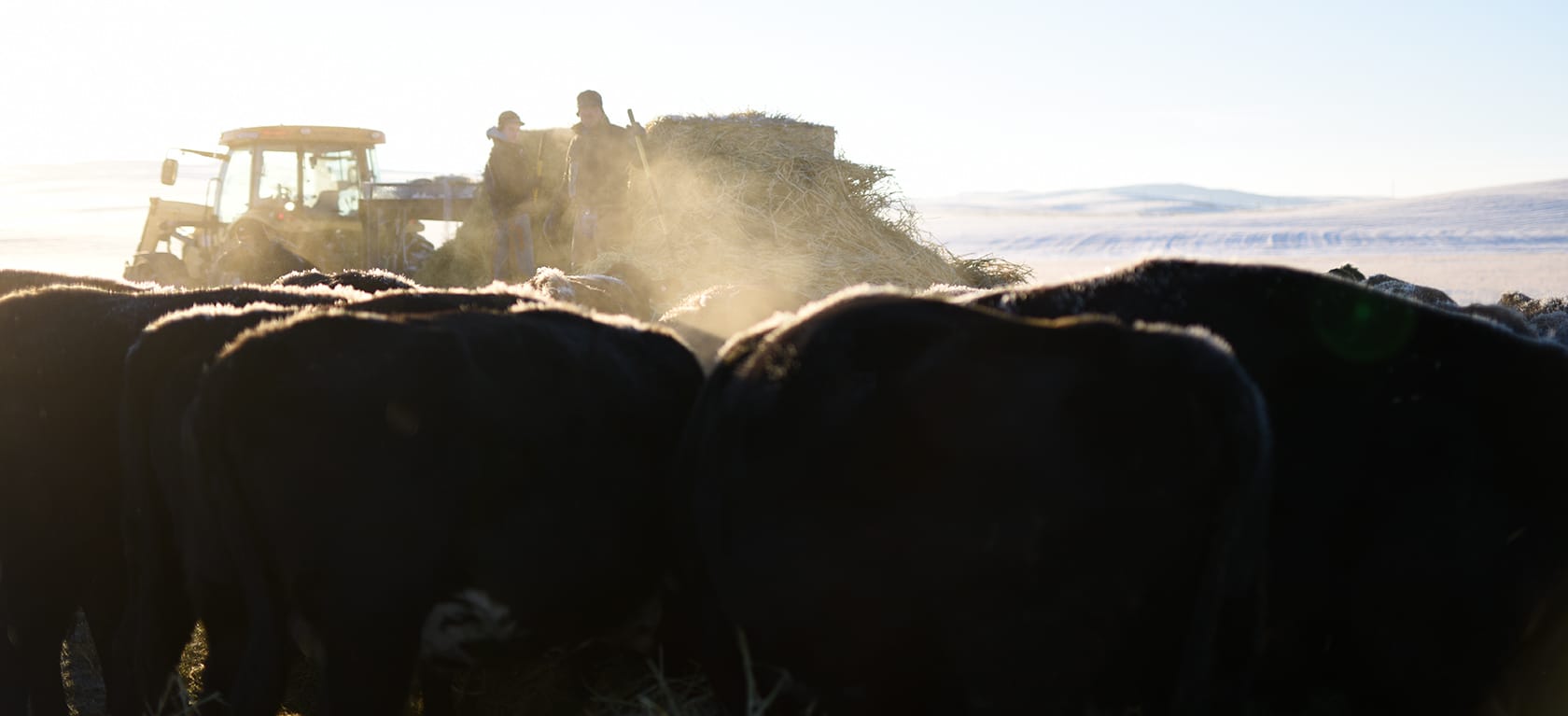

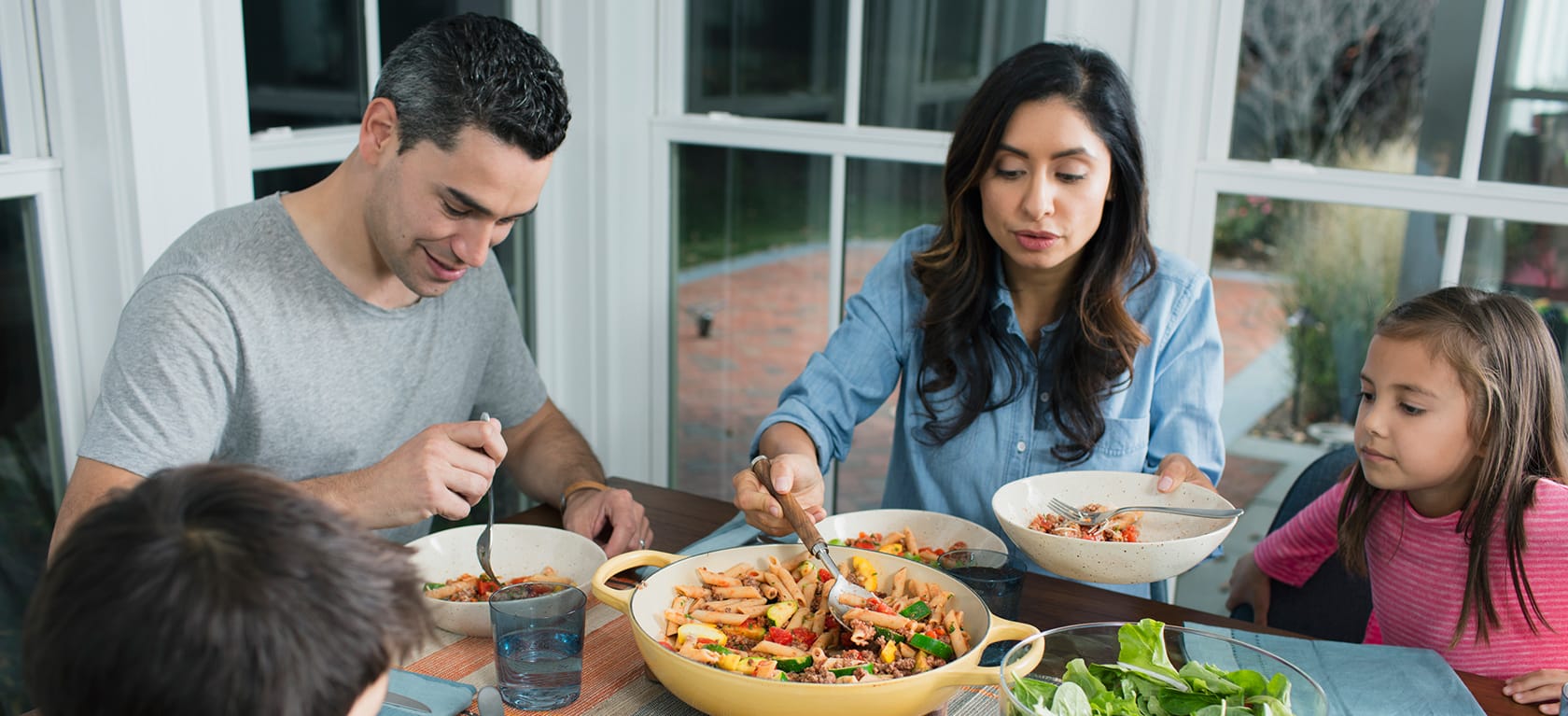
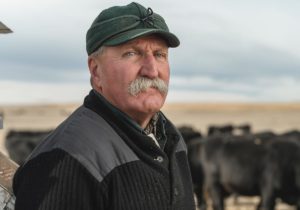 The Beef Checkoff works to build consumer confidence at every stage of beef production. These investments help drive demand for beef, and are all part of a comprehensive strategy focused on safety, quality, animal welfare, antibiotic stewardship and consumer education.
The Beef Checkoff works to build consumer confidence at every stage of beef production. These investments help drive demand for beef, and are all part of a comprehensive strategy focused on safety, quality, animal welfare, antibiotic stewardship and consumer education.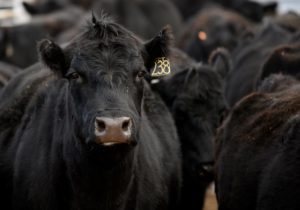
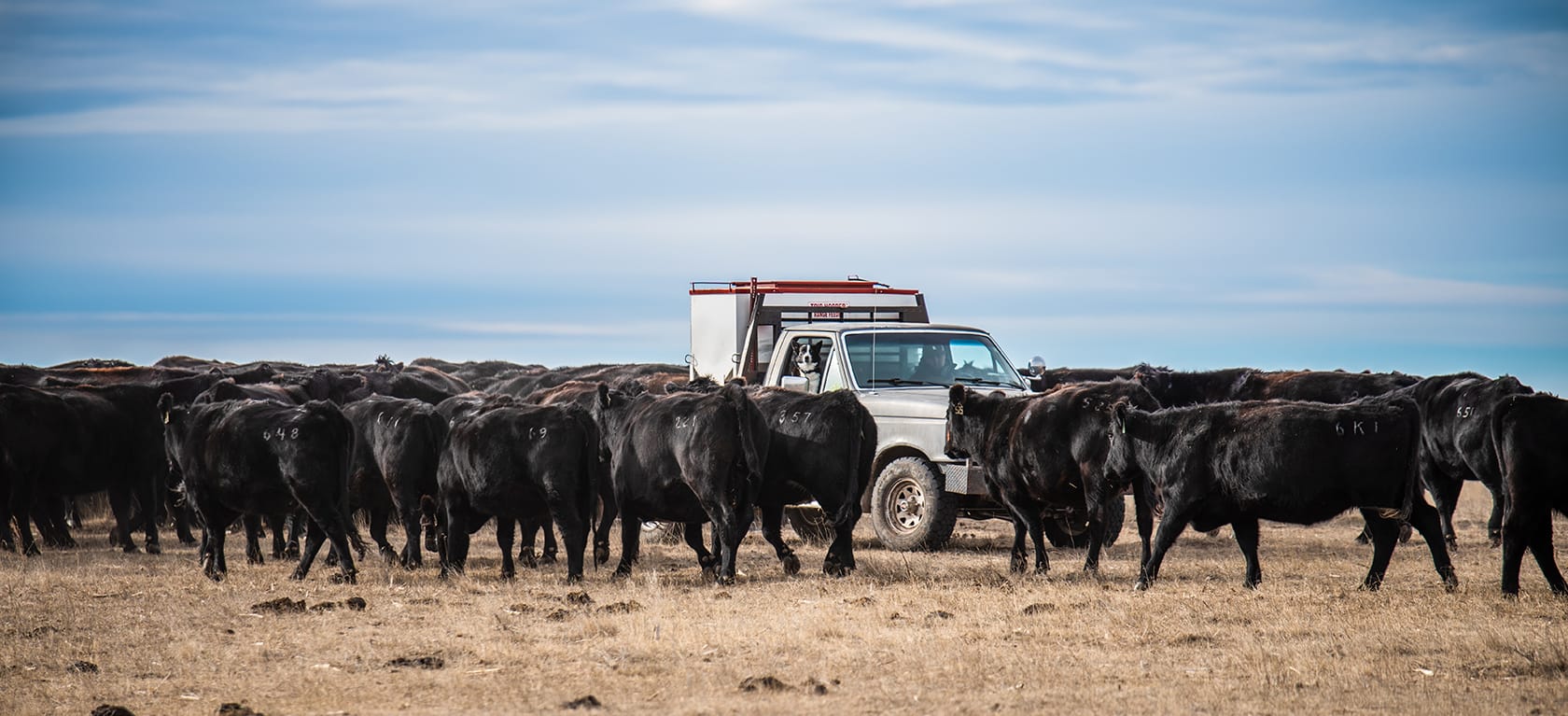
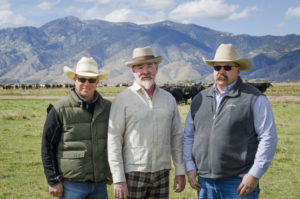
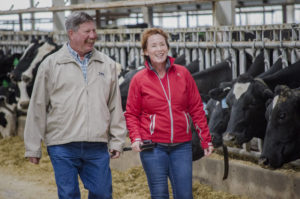
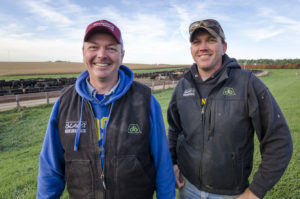
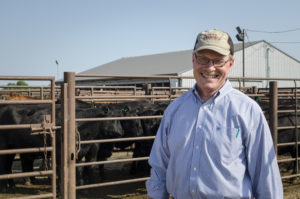
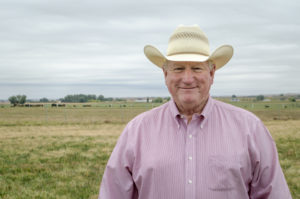
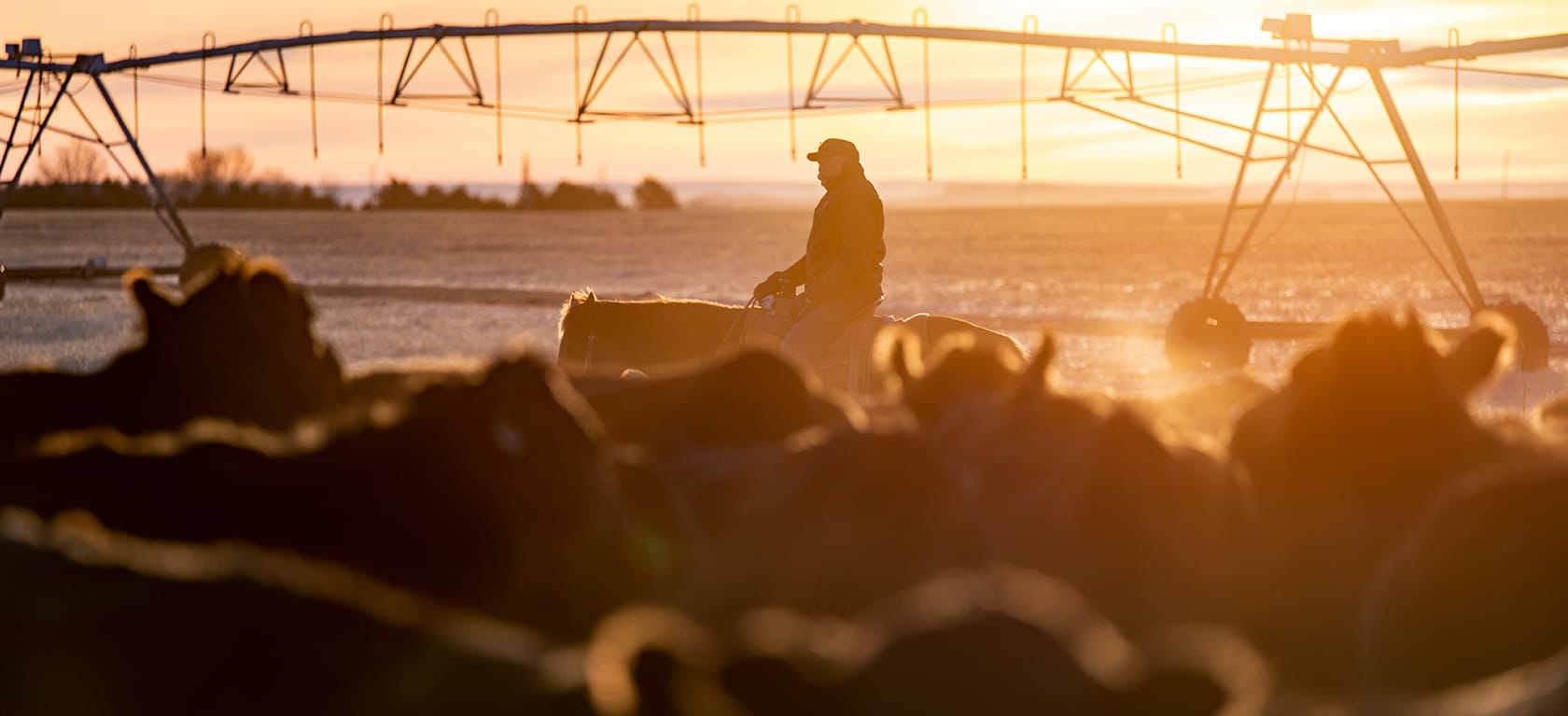

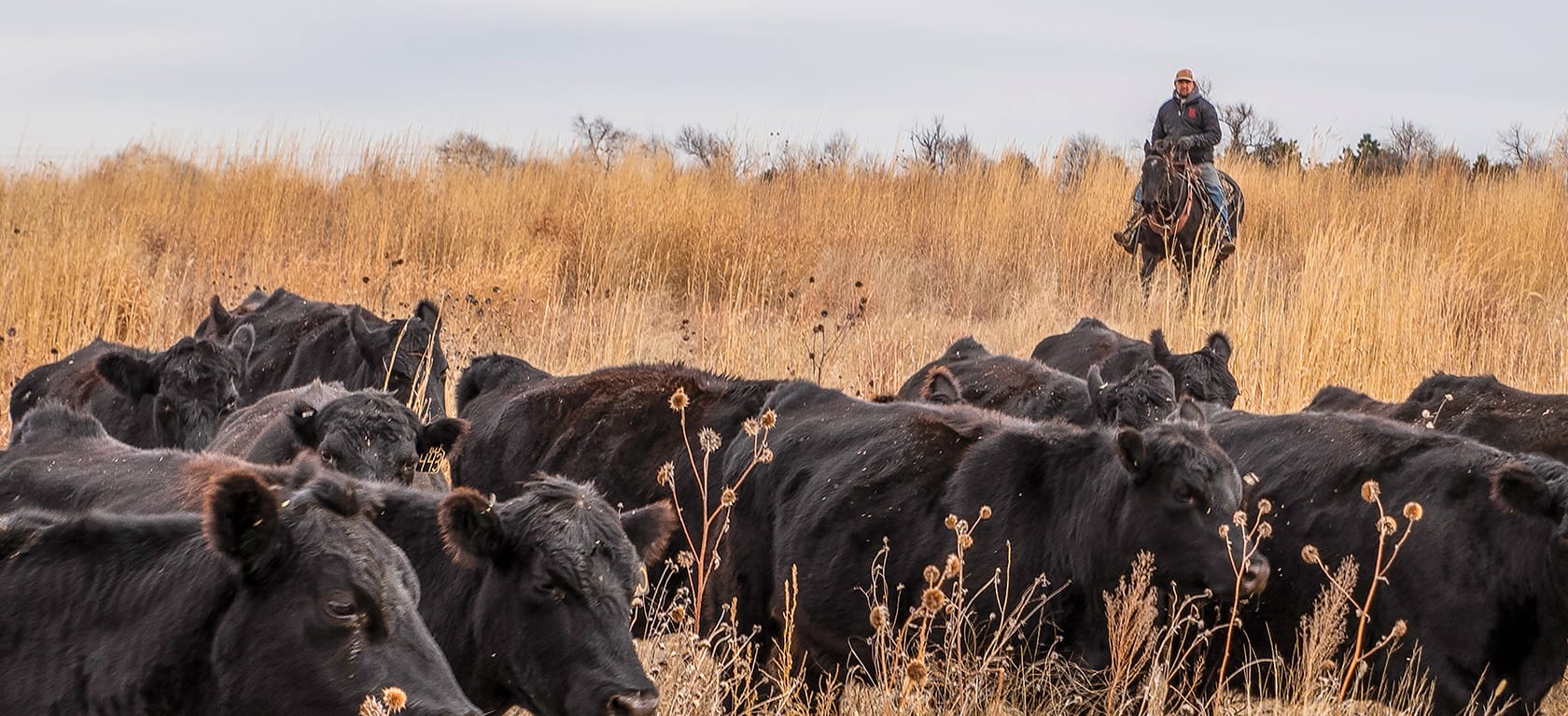
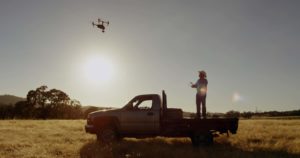 Kevin says that with over 100 miles of roads on the ranch, the drone saves them a lot time and energy that would be taken up in driving down those roads.
Kevin says that with over 100 miles of roads on the ranch, the drone saves them a lot time and energy that would be taken up in driving down those roads.